How to Decide on a Security Camera Setup for Your House?
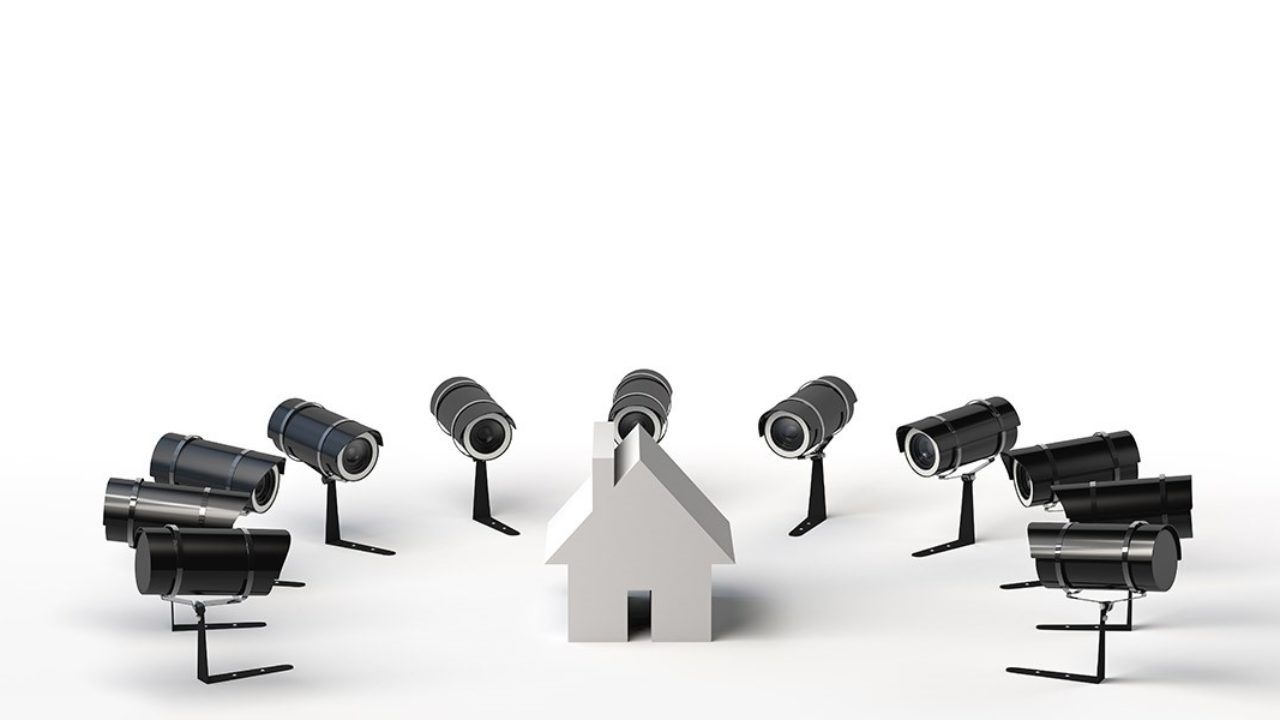
If you want to protect your house and loved ones, setting up a security camera system is a good idea. Fortunately, cameras have never been more affordable, and the market has so much to offer. However, you may not know what to look for when purchasing a security camera.
This article will discuss factors to keep in mind when choosing a security camera to fit your needs.
How to Decide on Home Security Cameras?
Nowadays, home security cameras offer plenty of features that didn’t exist a few years back. Choosing the right one means deciding what features you consider essential.
Here are some of the factors that should affect your decision:
Camera Type
There are several ways to approach camera types, depending on your focus.
· Location
The two basic types are indoor and outdoor home security cameras.
Indoor cameras are usually set up on the ground floor to ensure no intruders enter your house. Typically, they are installed in hallways or the living room.
Outdoor cameras tend to be more expensive due to their water-resistant case. They are manufactured to withstand rain, snow, wind, extremely low or high temperatures, and dust. Outdoor cameras are often wireless due to the lack of power outlets.
A popular type of outdoor camera is video doorbells. Most video doorbells allow you to communicate with your guests through a mobile phone app.
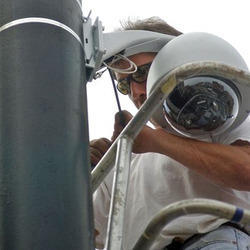
· Power Source
Another critical factor when choosing a camera type is the power source. The two types are wired and wireless cameras. Which one you’ll select usually depends on your personal preferences, but other factors such as the proximity of power outlets affect the decision.
Wired cameras are usually installed indoors. They are either plugged in or hardwired into your home. The most significant advantage of wired cameras is that they don’t require battery replacements. However, they also have drawbacks: extra wires in your house and the inability to function when there’s a power or Wi-Fi outage. To combat this, purchase one that has a cellular or landline backup.
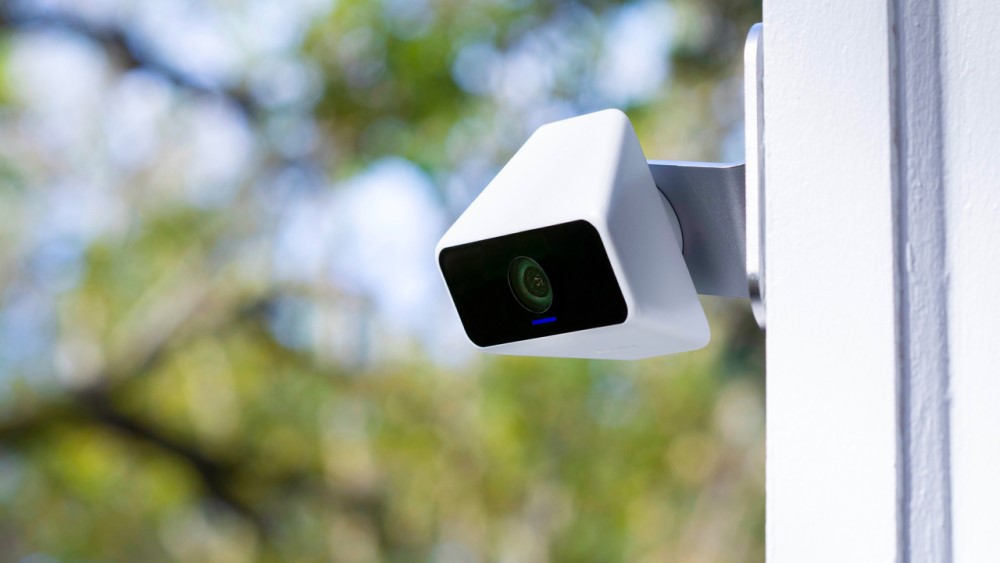
Wireless cameras are easier to install because they don’t require a power outlet. But it’s important to consider their battery life. Typically, the battery lifespan is around one year. Some camera batteries are rechargeable, while some require a replacement. Nowadays, you can find cameras with solar panels that get charged from the sun and don’t need a battery change.
Since the installation process is straightforward, most people opt for purchasing a wireless camera.
· Connectivity
Cameras also differ according to their connectivity, and there are two basic types.
Nowadays, most security cameras are digital, i.e., they require a Wi-Fi connection. These cameras have a corresponding mobile app to see live footage, receive notifications, and control the camera.
Analog cameras don’t require a Wi-Fi connection. Typically, they record onto a memory card or hard drive, meaning you can’t see live footage. But, you can view the recordings in retrospect.
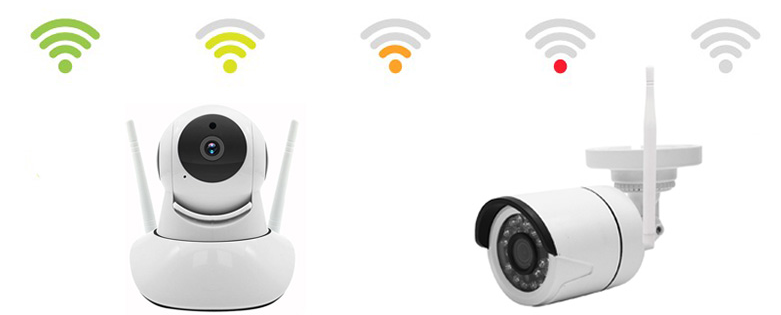
Design
You want to buy a camera that fits the surroundings, but that will also deter potential intruders. Since different camera shapes work best in different spaces, the design doesn’t depend only on your personal preferences.

There are numerous camera shapes:
· Bullet
Named after their cylindrical shape, bullet cameras are among the most common security camera designs. They are typically found outdoors but can also be used indoors. Bullet cameras are easy to install and have a wide range, making them ideal for large spaces.
Due to their size and shape, bullet cameras are excellent if you want everyone to know you have security.
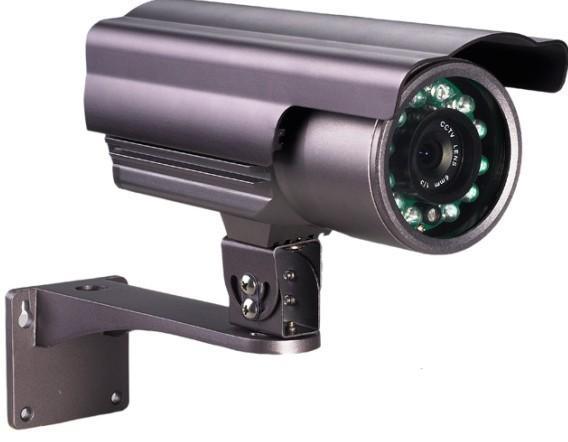
· Dome
Dome cameras are often slightly harder to install due to their glass surface. They are usually placed on ceilings or mounted to the side of a wall, making them harder to steal. Generally, dome cameras are used for smaller spaces.
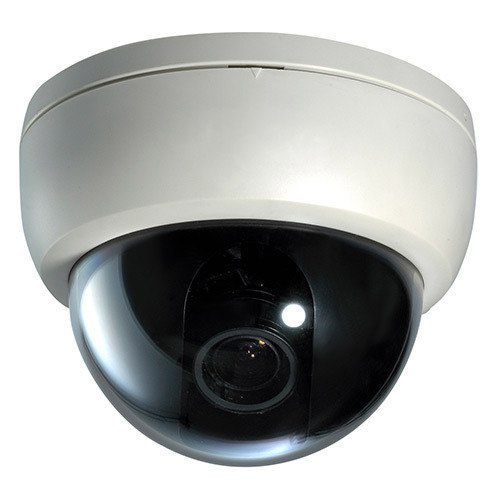
· Pan-Tilt-Zoom (PTZ)
With PTZ cameras, you can change directions and zoom in/out as you wish. This means you’ll have more freedom in focusing on a particular movement while enjoying total coverage.

· Box
These are cameras shaped like a box and represent one of the oldest forms. They aren’t frequently used as security cameras anymore, but people who enjoy a vintage style can still install them.
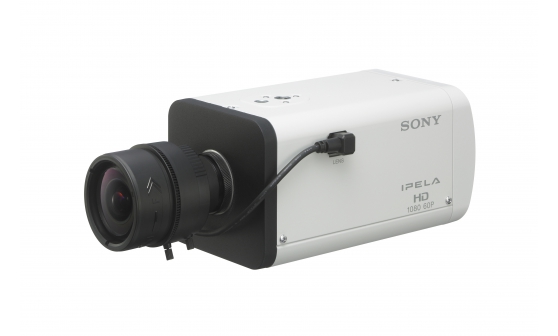
· Hidden
As the name says, these cameras are either shaped like innocuous objects or small enough to remain unnoticed. It’s not recommended to use hidden cameras for home security as they won’t deter potential intruders.
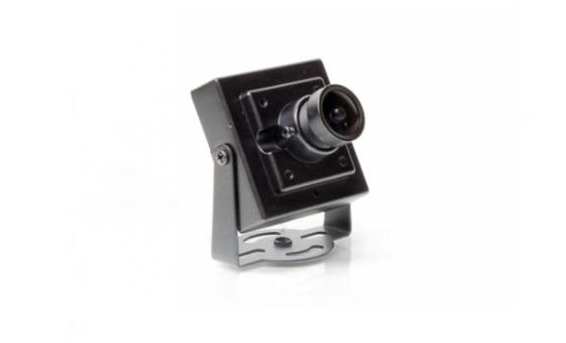
· Turret (Eyeball)
These cameras feature a ball-and-socket design, meaning they can move in any direction within the socket mount. They are most commonly used indoors.
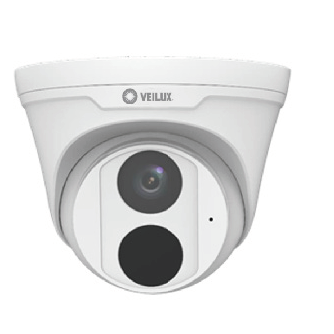
Durability
If you want to set up your camera outdoors, durability is one of the essential factors to consider. Depending on the climate you live in, you want your camera to resist different weather conditions.
Before purchasing a camera, you want to check its ingress protection (IP) rating. This rating shows how protected a camera is from the environment, and it’s composed of two digits. The first digit indicates the level of protection from dust and the second from liquids.
The first digit range goes from zero to six, with six representing total protection. The second rating goes from zero to eight, with eight being the maximum. The IP rating is especially important if you’re placing the camera outside.
The IP65, 66, and 67 are the most common options for high-quality security cameras.
You may notice different manufacturers advertise their products as waterproof, dustproof, or weather-resistant. Don’t let these claims trick you because the only factor that proves water or weather resistance is the IP rating.
Storage
Nowadays, most cameras store the footage in the cloud, a remote server that’s connected to your Wi-Fi. So before buying a camera, check cloud storage plans to see how much free storage you get.
The amount of free storage varies depending on the brand and model. Some models don’t even have free storage; others have a time limit, meaning they store the footage from the last seven, 14, or 30 days.
A common misconception is that security cameras record everything. Although this was the case with traditional cameras, most modern ones record only when they detect motion. You can still find some cameras that record continuously, but they require a lot of storage. If you want the continuous plan, you’ll have to pay more.
Although monthly cloud storage plans aren’t too expensive, it’s still an additional cost in the long run. So consider it before purchasing a camera.
Some people prefer using SD cards for storing their footage. Firstly, since you don’t need cloud storage, this means you don’t have to pay for a monthly subscription. Secondly, SD cards aren’t expensive and are widely available. Some cameras even come with a pre-inserted micro-SD card.
However, remember that SD card storage is limited, and you’ll need to replace them often. Plus, SD cards can get stolen while the cloud is “invisible.” Perhaps the most significant disadvantage of cameras with SD cards is that you can’t view live footage on your phone.
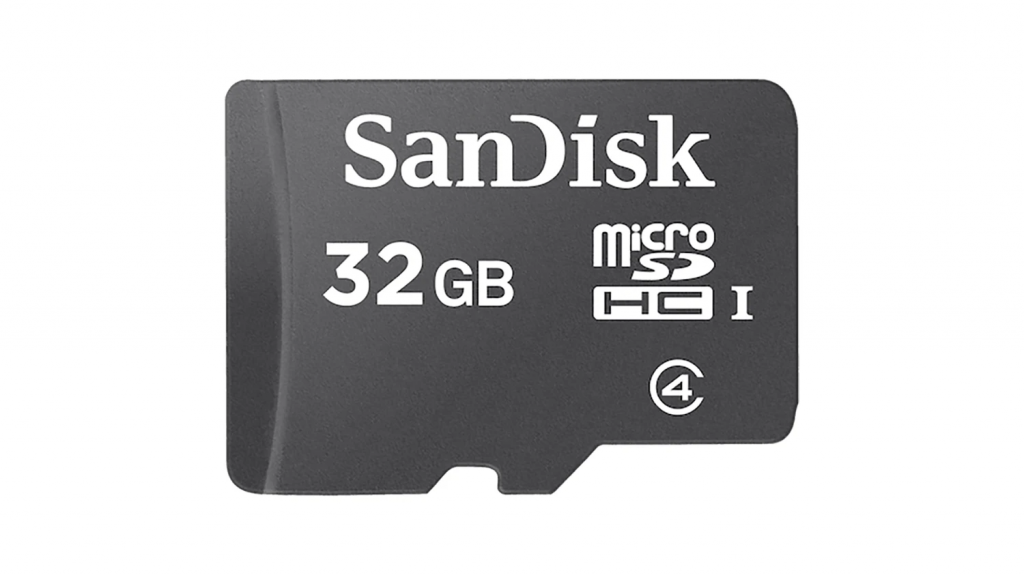
Price
The security camera market has been flourishing in the last few years, and you can purchase one for virtually any price. The price range goes from several dozens to a few hundred dollars, and in most cases, you get what you pay for.
However, it is possible to overpay for a security camera. Therefore, it’s essential to consider the camera’s features and read reviews to decide whether a model is worth the money.
Privacy
Using security cameras gives you peace of mind knowing that your house is protected from potential burglars. But be aware that most cameras nowadays connect to the internet. So, if you can access the camera, someone else might too. Plus, the camera manufacturer could also have access.
You can take numerous actions to keep your privacy at a high level. First of all, don’t leave the default log-in credentials for your app. Instead, come up with a username and a hard-to-guess password that will prevent others from accessing your account.
More and more cameras feature two-factor authentication, adding an additional layer of account protection. You’ll still use your username and password if you enable it, but you’ll also receive a one-time password. So, even if someone tries to access your account and guesses your username and password, they won’t be able to get past the two-factor authentication.
If you’re worried about privacy, it’s best not to keep cameras in the bedrooms or any private spaces in the house. As previously mentioned, you can also opt for buying cameras that aren’t connected to the internet and don’t store footage on a cloud.
Extra Features
Besides the basic functions, your user experience can be easier and more enjoyable with extra features:
· Smartphone Notifications
Most cameras nowadays feature a mobile app to view live footage, and they send alerts if they detect motion or someone rings the doorbell. For some models, you can customize the frequency and sensitivity of these notifications.
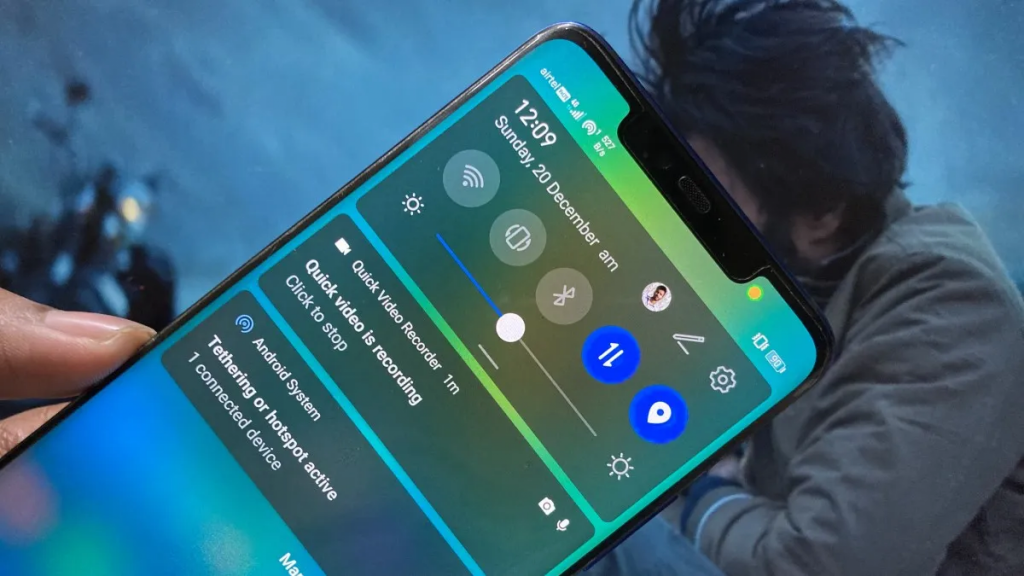
· Monitoring Zones
Some camera apps enable you to zoom in on a specific area instead of the whole field. That way, you can narrow down your focus and watch only a small space for motion. This feature comes in handy if you have an outdoor camera and want to avoid alerts for street traffic.
· Two-Way Audio
Two-way audio allows you to communicate with people near the camera. Although this feature is typically related to video doorbells, some home security cameras also have it.
· Integration
Some cameras can connect to Alexa or Google Home, thus providing additional features.
For example, you can use voice commands to pull up different camera recordings on your smart TV or speaker. Also, some cameras can connect to smart locks, ensuring secure, in-home deliveries.
· Night Vision
Night vision is an important feature, especially for outdoor cameras. Although cameras can’t record at night as effectively as during the day, some models offer a good range that protects your home. Be sure to purchase a camera with a night vision range of at least 50 feet. Some cameras also offer color night vision.
· Field of View
If you want to protect your whole house, it’s best to look for cameras with a wider field of view. That way, you’ll need fewer cameras to cover the entire property. The field of view often depends on the camera’s shape, but it’s best to look for those that range between 130 and 180 degrees.
· Geofencing
Cameras with a geofencing feature are perfect for those concerned about their privacy. If your camera has a geofencing feature, it will automatically stop recording every time your smartphone is within range.
This feature protects your privacy by disabling recording while you’re in the house and prevents wasting cloud space.
· Extra Deterrent
Some cameras have a built-in siren or floodlight. These additions act as deterrents and effectively protect your house from burglaries.
· Artificial Intelligence
As mentioned, most modern cameras record and alert you only when they detect motion. Although this is beneficial, it can also lead to many unnecessary alerts. For example, heavy traffic in your area or animals around the house can light up your phone.
If you want to avoid this, it’s best to look for cameras with a person detection feature. Most cameras with this option have facial recognition, so you don’t receive alerts regarding your family members or close friends.
Some cameras can distinguish animals, which is especially useful if you have pets inside your house. That way, you can monitor their movements even when you’re not at home.




















